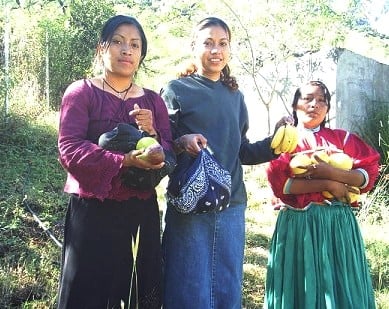
I love discipleship. And that's why I love short-term mission (STM) teams. Nothing helps mold a young disciple like an STM experience. Jesus used them to shape his disciples and I believe intends for us to do the same.
STM teams are a discipleship tool whose focus is the participants. In contrast, long-term missionary teams exist to help their members reach out to the field. People fall in love with missions on an STM that changes their life, but most are ill-equipped to go long-term. If they do go, they need a lot of preparation to be effective.
At Adventures, we're learning how to send long-term teams that are as good as our short-term teams.
A lot of our graduating racers want to go to the field on their own. But the sad fact is, most of them will not make it very long. They go because they want to help heal the pain they've seen on the field. But without the support systems to help them, they'll struggle to stick it out.
It helps those who would go long-term or those who would send them to know what the differences are between short-term and long-term teams.
Short-term Teams
- Project-based
- Participant-centric
- Time-bounded
- Partner-dependent
- Leader led
- Cultural outsiders
Long-Term Teams
- Relationship-based
- Field-centric
- Open-ended
- Incarnational
- Multiple leaders
Both long-term and short-term teams share some requirements if they are to be effective.
Requirements
- Listen to God
- Wield spiritual authority
- Team skills
- Heart for target group (in the host country)
The long-termers need some additional skill sets if they are to be successful: Culture assimilation skills, an ability to ask questions, an ability to partner, and a strong spiritual foundation for starters.
If you've been convicted to help meet the needs you've seen on an STM, I hope that you're considering how to go back and make a difference. The world needs the hope you can provide.
And if you do, you may want to ask yourself if you've got what it takes. I suggest you begin by finding a good sending team that will help you make the switch in focus from short-term to long-term.







